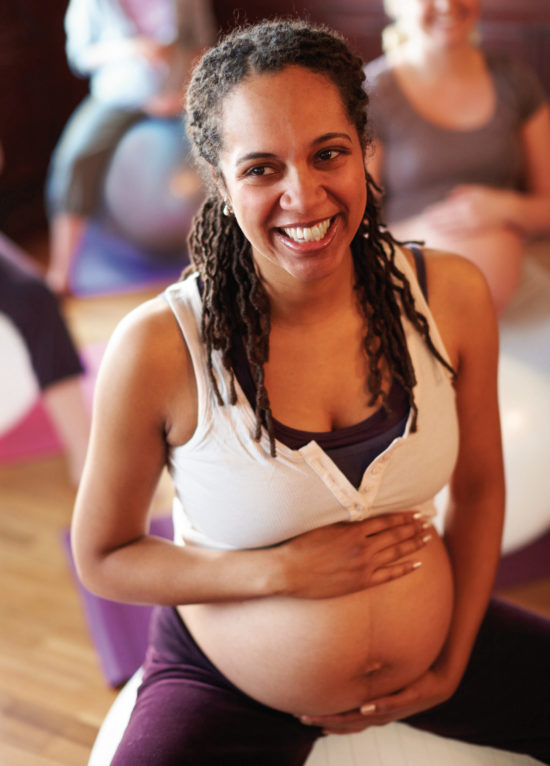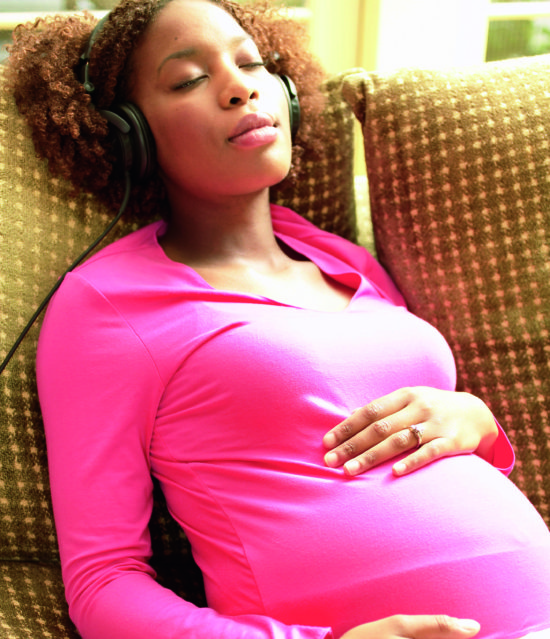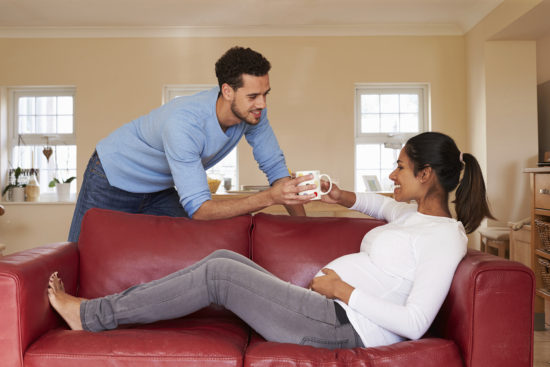You’ve been waiting nine months but how do you know when you’re in labour?
Labour can start at any time, day or night, and you may find things get going before your estimated due date, or it may come and go with nothing happening at all.
No one knows exactly what triggers labour. But hormonal activity and your baby’s position and stage of maturity are thought to play a part.
“All women ask, ‘how will I know it’s started?’ and ‘what should I do?’ It is ‘the biggie’ of all questions about birth,” says NCT antenatal teacher and midwife Dot Parry. “Unfortunately, there is no definite formula and no set timeframe.”
There are signs that may indicate labour is beginning though.
You may be more physically or emotionally tired or feel pressure on your bladder. You may also notice increased clear vaginal discharge and experience some low tummy (period-like) pain, as your cervix softens and opens in preparation for birth.
If you think something is happening, ring your midwife and have a chat.
Other signs can include diarrhoea, nausea or a ‘show’. A show is when the mucus plug that seals the cervix to protect your baby from bacteria comes away, perhaps with a streak of blood.
Every woman is different and every labour will be different. So you might experience all of the signs above, some of them, or very few of them.
Dot says: “If you think something is happening, ring your midwife and have a chat – it’s their job so don’t feel nervous, even if it’s not your due date.”
During pregnancy, preparation and thinking about what might happen during labour – and how you might cope with it – can help women feel more confident.
For instance, attending an NCT antenatal course can be helpful for talking through different options and scenarios, as well as discussing any concerns or questions you might have.
Contact your midwife if your baby’s movements have slowed, you feel feverish, have severe headaches or heavy, fresh, red blood loss.
Unlike the movies, only between 6% and 19% of labours begin with the waters breaking.
When your waters break the amniotic fluid should be clear, straw-coloured or pink.
You should get medical help if there are green and black flecks when you have a show or when your waters break as this could be meconium from the baby.
In the hours and days before labour does start in earnest, you may notice a gradual increase in practice contractions, also known as Braxton Hicks. But how do you tell the difference?
“In general,” says Dot, “while Braxton Hicks feel fairly random and can be caused by external factors, such as the baby having a stretch or someone touching your belly, contractions, which are hormone driven, feel very regular and don’t go away.”
“Women are often advised to stay calm in labour,” says Dot, “and that’s all very well, but your hormones are working and it’s perfectly reasonable that you might feel excited, scared or a bit anxious”.

One thing you can do to help you feel more relaxed (and help your baby into a good position for birth) is to try getting into comfortable upright positions. It could be kneeling, sitting or leaning forward with support.
Many women find that leaning over a birthing ball or rocking their pelvis during contractions is soothing.
Some women find walking or stretching can help take their mind off the pain and help them feel more comfortable.
Emily Ryan from NCT Newark & Southwell branch says: “Putting some music on and swaying with wide legs and leaning slightly forwards helped me to relax and took my mind off being in labour.”
The best thing for me was breathing.
Ali Draper from NCT North Bedfordshire and mum to Samuel, now 18 months also kept moving and concentrated on breathing. “I bounced on an exercise ball for a while but it didn’t help, so I did some dancing instead! I didn’t like being still.
The best thing for me was breathing. I visualised breathing in calm blue air and breathing out pain as red air. This just came to me, I didn’t consciously decide to do it but it really helped throughout. My husband kept bringing me food and squash to keep my energy up, and I watched films until we left for hospital.”
Knowing when to go to hospital or the midwifery unit is another question everyone asks. Dot says: “If there are clinical reasons why you should be in hospital, go as soon as you have been advised and take whatever you need, such as snacks, drinks and comfort aids.”

Otherwise, it is beneficial to stay at home for as long as possible.
Being in the comfort of your own home in familiar surroundings at the start of labour can encourage you to feel more relaxed and allow your labour hormones to progress quickly.
You can always call the hospital or birth centre for advice. If your waters have broken, you’ll probably be asked to go in for a check. If not, you may be asked to wait at home until your contractions are regular, strong and closer together.
If you’re planning to give birth at home, it’s useful for the midwives to know that labour has started. They can come round to see how things are going and then leave you until labour is more established if that feels OK.
Birth partners can also feel excited and worried – but their physical and emotional support is crucial. And there are lots of things they can do to help.

As early labour begins, they can ensure they have everything ready, including phone numbers for the midwife, labour ward or taxi company, change for the car park, overnight bag and fully-charged cameras and phones. They can also get things prepared if you’re having a home birth.
They could take a last photo of your bump, create a relaxing environment, read your birth plan with you, offer back rubs, help you change position, play music and encourage steady breathing.
Labour can last a long time so find what helps you feel comfortable – be that a massage, movement, or different positions.
Feeling supported and encouraged in these early stages can make a huge difference. Talk to your birth partner/s and let them know how they can help, and ask for reassurance if you need it.
Read more about labour and birth on our website.
You can also read about what happens next in the second and third stages of labour in guide to labour.